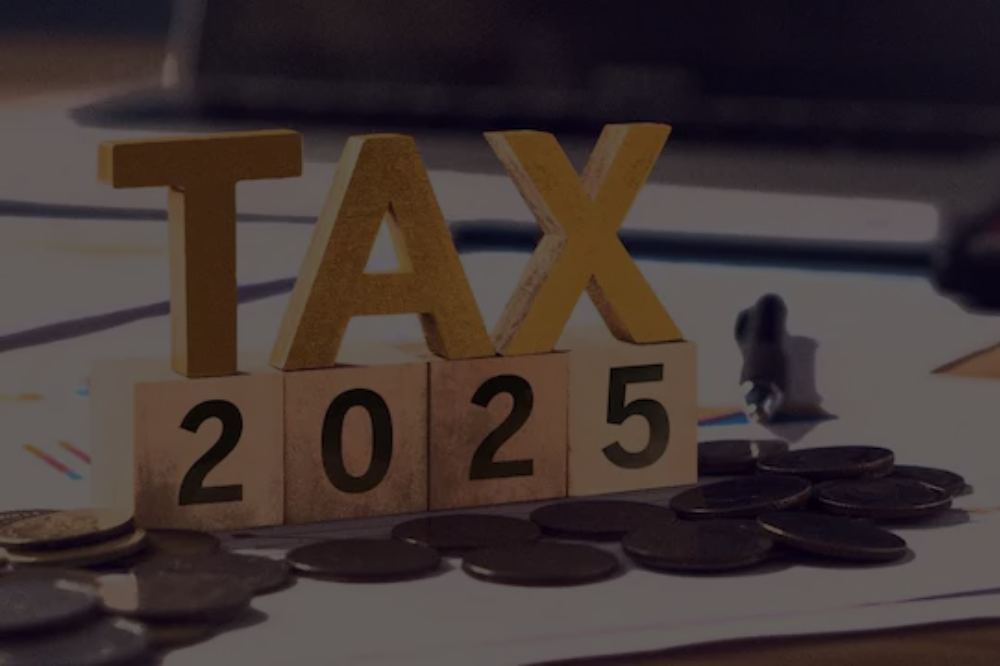Tax Day might not be your favorite calendar highlight, but being prepared can make the process so much smoother. More importantly, filing your taxes on time and correctly can help you avoid unnecessary penalties.
Whether you’re a seasoned taxpayer or filing for the first time, this guide will answer your questions and offer practical steps to ensure your 2025 tax return gets filed without a hitch.
By the end of this guide, you’ll know how to prepare, what deadlines to watch for, and how to avoid common slips that lead to penalties.
Why Filing Taxes Correctly Matters
When it comes to taxes, accuracy matters as much as timeliness. The IRS imposes penalties for late or incorrect filings, often charging additional fees that can seriously impact your finances.
For example, the Failure-to-File penalty is usually 5% of the tax owed for each month your return is late, up to 25%. Similarly, there’s a Failure-to-Pay penalty, which accrues monthly interest on unpaid balances.
The good news? A little preparation can help you steer clear of these unnecessary costs.
Step 1: Know Key Tax Deadlines
The most important date to circle on your calendar is April 15, 2025. This is the deadline for submitting your federal tax return. If it happens to fall on a weekend or holiday, the date may shift slightly, but for now, plan for April 15.
Other key deadlines include:
- January 31, 2025: Employers must provide W-2s and 1099 forms by this date.
- March 15, 2025: For partnerships and S-corporations, tax returns or extension requests are due.
- October 15, 2025: Extended federal filing deadline (only if you apply for an extension).
Mark these dates now to stay on track.
Step 2: Gather All Required Documents
Being prepared with the right paperwork will save you time and stress. Make a checklist of the following items before filing your return:
- Personal Details: Social Security numbers for you, your spouse, and dependents.
- Income Documents: W-2 forms for employment income, and 1099 forms for freelance or contract work.
- Tax-Deductible Expenses: Receipts for student loan interest, mortgage interest, childcare expenses, and charitable donations.
- Investment Information: Statements for dividends, stock sales, or capital gains/losses.
- Last Year’s Return: To simplify the process, keep a copy of your 2024 tax return handy.
A little organization now can go a long way in avoiding headaches later.
Step 3: Take Advantage of Deductions and Credits
Tax deductions and credits are your best friends when it comes to reducing your taxable income and potentially increasing your refund.
Common Deductions to Know
- Standard Deduction: This is automatically applied unless you choose to itemize. The standard deduction for 2025 is projected to be around $13,850 for individuals and $27,700 for married couples filing jointly.
- Medical Expenses: If you itemize, you may deduct qualifying medical costs that exceed 7.5% of your adjusted gross income.
- Home Office Deduction: If you’re self-employed and work from home, you can deduct a portion of your mortgage or rent as a business expense.
Key Tax Credits You Might Qualify For
Credits directly reduce the amount of tax you owe. Key examples include:
- Earned Income Tax Credit (EITC): Geared toward low- to moderate-income individuals and families.
- Child Tax Credit: Offers up to $2,000 per qualifying child.
- Energy-Saving Tax Credits: Recently upgraded for homeowners installing energy-efficient appliances or solar panels.
By maximizing your deductions and credits, you can keep more money in your pocket.
Step 4: File Electronically
Filing electronically is the fastest, easiest, and most secure way to submit your tax return. The IRS e-file system is equipped to handle a variety of returns and is much less prone to errors compared to paper forms.
Benefits of E-Filing
- Speed: Receive your refund faster, especially if you set up direct deposit.
- Accuracy: Built-in checks catch common errors, helping you avoid penalties.
- Accessibility: File from anywhere, and avoid long lines at the post office.
If you have straightforward finances, consider using IRS Free File for simple returns. Meanwhile, tax software like TurboTax and H&R Block offer added features, such as help optimizing deductions and credits.
Step 5: Don’t Delay if You Owe Taxes
If you find that you owe taxes and can’t pay in full immediately, don’t panic. Acting promptly can help reduce penalties. There are several payment options available:
- Sign up for an IRS Payment Plan to spread the cost over several months.
- Pay with a credit card or electronic funds transfer for faster processing.
- Explore options for applying for a tax loan through your bank or credit union.
Remember, filing your return—even if you can’t pay upfront—is crucial to avoid Failure-to-File penalties.
Step 6: Consider an Extension (If Necessary)
If you absolutely can’t make the April 15 deadline, request an extension using Form 4868. This extends your filing deadline by six months to October 15.
However, remember that this is only an extension to file, not to pay any taxes owed. Payments are still due by April 15 to avoid interest charges.
Step 7: Join the Tax-Savvy Community
Taxes don’t have to be a lonely or confusing experience. There are so many resources available to help:
- IRS Tools: Check refund statuses, payment deadlines, and more via the official IRS website.
- Local Tax Clinics: Community centers and libraries often host free workshops.
- Tax Preparers: CPA professionals can offer expertise if your return is complex or involves international income.
Additionally, view your tax return as an opportunity to reflect on your financial health and plan for the next year.
Taking the Next Step Toward Tax Confidence
Filing taxes for 2025 doesn’t have to feel overwhelming. With proper preparation and the tips above, you’ll be able to file accurately, on time, and without penalties.
The effort you invest in organizing your financial documents and staying informed will not only save you money but also give you peace of mind.
If you want to learn more about stress-free filing or keeping your finances in check, don’t forget to bookmark this blog for later reference. Here’s to a penalty-free Tax Day!

